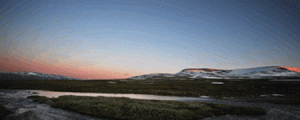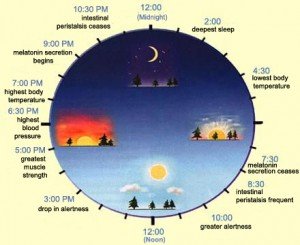24hr daylight – such a thing exists.
It’s called the ‘midnight sun’.
The midnight sun is a natural phenomenon which takes place during summer months in places north of the Arctic Circle (e.g., Canada, Finland, Denmark, Norway, Russia, Sweden, and Alaska).

Many find it difficult to sleep during this period – particularly newcomers and tourists. The midnight sun is also said to spur the onset of hypomania, which causes an imbalance in ones mood.
Undoubtedly one of the most alluring natural marvels on the planet, the midnight sun provides the setting for many midnight activities, including:
- Fishing
- Hiking
- Sledding
- Shopping
- Bird watching and
- Kayaking
Why Does the Midnight Sun Occur?
It’s all because of the Earth’s rotational axis.
You see, the Earth’s axis is tilted approximately 23.5 degrees. If it were not tilted at all, everywhere in the world would experience exactly 12hrs daylight and 12hrs dark every day. We would also fail to experience the four seasons we have come to know.
This tilt in the axis is what allows the sun to remain in the northern sky longer during summer months and shorter during winter months.
Effects on Your Circadian Rhythm
Have you ever felt time disorientated after walking out of a movie cinema? Or accidentally slept though your alarm in a dark room with all your blinds closed. This is the same effect seen in the arctic circle and this effect can also be replicated in a persons home with poor lighting. If you are using white or ‘daylight mimicking’ artificial light arrangements, then the continual brilliant Daylight colour (that can be achieved through LED’s) can also effect a persons circadian rhythm, causing irregular sleeping patterns.
Using skylights to bring the natural variations of daylight into a person’s home, with a combination of Yellow coloured lighting at night, will mimic the natural path of the sun and preparing the body for a consistent sleeping cycle.


